Meta is facing new pressure from OpenAI, the juggernaut behind ChatGPT, which is now making waves in short-form video with its viral hit, Sora 2. The new app combines AI-powered video generation with a social feed that mimics TikTok and Instagram Reels. Less than five days after its Sept. 30 launch , Sora 2 racked up over a million iOS downloads for Apple devices, despite being invite-only. That pace outstripped downloads for the ChatGPT app when it launched in May 2023, six months after the AI chatbot debuted on web browsers, marking the start of its historic rise in popularity . Sora 2 spent three weeks at No. 1 on Apple’s App Store, before being supplanted this week by the Dave’s Hot Chicken china, due to a promotional push with rapper Drake . Still, it’s No. 2 as of Friday morning. The threat to Meta: If Sora 2 proves to have staying power, it could chip away at Meta’s most valuable asset – the time people spend scrolling and posting on Facebook and Instagram, which makes those apps indispensable destinations for advertisers. Meta is projected to earn $192 billion in ad revenue in 2025 alone. For Meta, eyeballs equal dollars because nearly all of its revenue comes from advertising. “This isn’t the end of the Instagram-Facebook momentum,” said analyst Michael Nathanson of MoffettNathanson in an interview with CNBC. “But if investors see this as a threat, it may limit how much they’re willing to pay towards the premium for Meta,” added Nathanson, who maintains a buy rating and $890 price target on Meta stock. That implies about 21% upside from Thursday’s close. Meta shares have declined almost 1% since the day before Sora 2’s debut, part of a multimonth slump for the stock. Meanwhile, the tech-heavy Nasdaq has gained more than 2% in the three-plus weeks following Sora 2’s arrival, and it’s advanced roughly 10% in the past three months. Nathanson believes investor anxiety is growing, and that any perceived disruption to Meta’s “engagement flywheel” – and its advertising dollars – could sour investor sentiment fast. While Nathanson remains bullish on Meta shares, he said his decades as an analyst have taught him to keep an open mind on changes in consumer behavior. In general, “investors start to worry about the long-term sustainability of business models,” Nathanson added. “And if you see a potential new competitor emerging, then people would pay a lower multiple for future earnings.” META YTD mountain Meta Platforms YTD It’s a familiar storyline for tech investors. ChatGPT’s explosive growth following its late 2022 debut became a significant overhang on shares of Google-parent Alphabet , as investors questioned the durability of Google’s search empire in the face of a conversational competitor. “People were really worried about the future earnings power of Alphabet,” Nathanson said. Now, nearly three years later, could Meta be facing its own ChatGPT moment? Or will Sora 2 just be a flash in the pan that fails to weaken Meta’s social media supremacy? With Sora 2, users can generate, remix, and put themselves in AI videos using text or images. In addition to being a video generator, it also has a built-in social app. In the app, users can discover new videos in a customizable Sora feed and share them on other social networks. Sora 2 builds on the original Sora model, released in February 2024, with more advanced capabilities that generate more physically accurate and realistic videos. To be sure, OpenAI’s surge isn’t without friction. Last week, the company halted AI-generated videos of Martin Luther King Jr. after users created “disrespectful depictions” of the civil rights leader. OpenAI said it’s strengthening guardrails for public figures and will allow people or their families to opt out of being included in Sora-generated content. OpenAI doesn’t have the AI video turf all to itself. Google has its Veo model , an updated version of which rolled out last week. Days prior to Sora 2’s release, Meta debuted Vibes , a new feed on the Meta AI app where users can create and share short-form AI-generated videos. While browsing, users see a range of AI-generated videos that become more personalized over time. With Vibes, users can create their own videos from scratch, work with content they already have, or remix a video from the feed to make it their own. When ready to share, they can post directly to the Vibes feed, direct message to friends, or cross-post to Instagram and Facebook Stories and Reels. If you see a potential new competitor emerging, then people would pay a lower multiple for future earnings. MoffettNathanson analyst Michael Nathanson Vibes is also gaining traction. As of Oct. 17, combined Meta AI daily active users for iOS and Android were up to 2.7 million, up from roughly 775,000 four weeks ago, according to market intelligence provider, Similarweb. Based on when Vibes was incorporated into the Meta AI app, the firm believes it was the catalyst for the app’s recent growth. While Meta’s Vibes could be its answer to Sora 2, Vibes is “still technically behind Sora,” Nathanson wrote in a note clients Oct. 13. Unlike Sora, which blends real and AI-generated footage and runs on OpenAI’s proprietary models, Vibes still relies on third-party tools and produces fully synthetic content. Beginning this summer, Meta embarked on an aggressive hiring spree to recruit top AI talent to close the gap with OpenAI and other AI startups, as CEO Mark Zuckerberg reportedly has grown frustrat ed with the company’s AI standing. While Meta is now laying off 600 people in its AI division , the big-name hires it brought in this year were unaffected by the cuts, CNBC reported this week. In addition to cutting big checks for talent, Meta is pouring tens of billions of dollars into data center projects to expand its AI computing footprint. To date, investors have largely backed Meta’s hefty AI spending on the belief that it is already improving its ad-targeting prowess, giving Zuckerberg breathing room on other, long-term AI pursuits such as his vision of “personal superintelligence.” Brian Pitz, analyst at BMO Capital Markets, argued that Meta’s scale and adaptability give it a powerful cushion against any potential disruption from Sora 2. “If one area of growth starts slowing, they can step on the gas in another,” he said, pointing to apps like WhatsApp and Threads that aren’t yet big moneymakers, though Meta did introduce ads on both platforms this year . Additionally, Meta’s history of “fast-growing” innovations – from rolling out Stories to compete with Snapchat or Reels in response to TikTok – shows the company’s capacity to catch up to competitors and ultimately win in engagement, Pitz said. Most importantly, Pitz said Meta’s “competitive moat” remains its more than 3 billion daily active users – an audience OpenAI is still far from matching for both Sora 2 and its flagship product, ChatGPT, which has 800 million weekly active users . “A little bit of new monetization goes a really long way on that big of a user base,” said Pitz, who has a hold-equivalent rating and $710 price target on Meta stock. A more fundamental question looms over the rise of Sora 2 and even Meta’s own Vibes: Do people really want fully AI-generated content on social media? While Sora’s growth is eye-popping, Pitz thinks the hype could fade. “It’s hard to call it a winner here,” he said of Sora, warning that users may get tired of synthetic feeds or abandon platforms over copyright disputes and AI “slop” content. “You risk ending up with a pool of craziness,” Pitz said. Some data suggests the Sora 2 buzz is already fizzling among the few million people who were invited to download it. It’s hard to call it a winner here. BMO analyst Brian Pitz “While a plausible [competitive] concern, our data checks point to retention softness at Sora,” analysts at Deutsche Bank wrote in a note Tuesday. “In fact, by day 7, we find that ~98% of initial users no longer open the app. As such, in our view, the app still lacks the scale and retention levels to be a meaningful new competitor to Instagram/ Facebook engagement.” For now, that’s music to the ears of Meta investors. And soon, they’ll get to hear directly from Zuckerberg on this question — and many more, like if there are additional signs its AI investments are paying off companywide — when the company reports its third-quarter results Oct. 29 and holds its post-earnings conference call with analysts. (Jim Cramer’s Charitable Trust is long META, AAPL. See here for a full list of the stocks.) As a subscriber to the CNBC Investing Club with Jim Cramer, you will receive a trade alert before Jim makes a trade. Jim waits 45 minutes after sending a trade alert before buying or selling a stock in his charitable trust’s portfolio. If Jim has talked about a stock on CNBC TV, he waits 72 hours after issuing the trade alert before executing the trade. THE ABOVE INVESTING CLUB INFORMATION IS SUBJECT TO OUR TERMS AND CONDITIONS AND PRIVACY POLICY , TOGETHER WITH OUR DISCLAIMER . NO FIDUCIARY OBLIGATION OR DUTY EXISTS, OR IS CREATED, BY VIRTUE OF YOUR RECEIPT OF ANY INFORMATION PROVIDED IN CONNECTION WITH THE INVESTING CLUB. NO SPECIFIC OUTCOME OR PROFIT IS GUARANTEED.

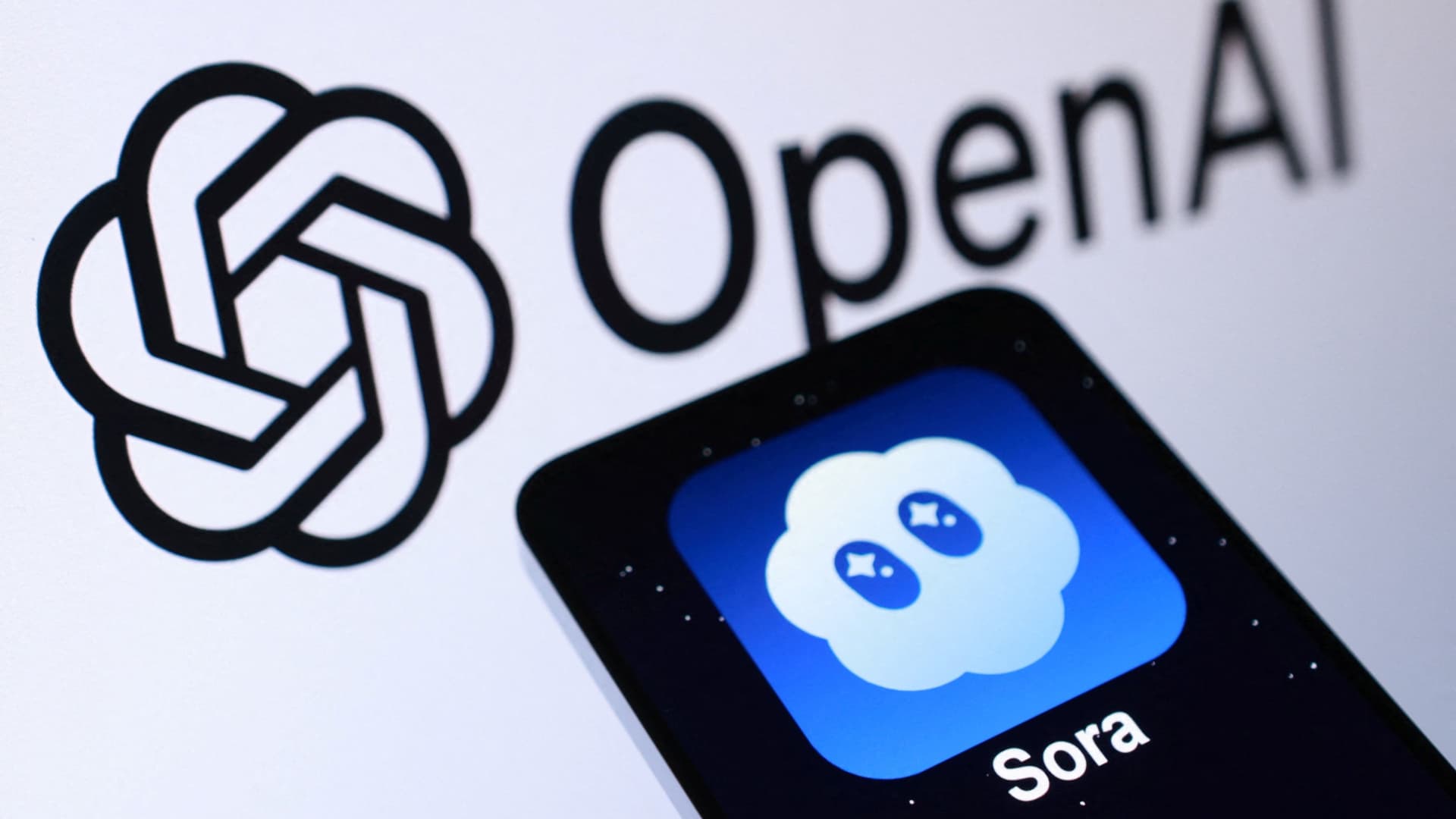

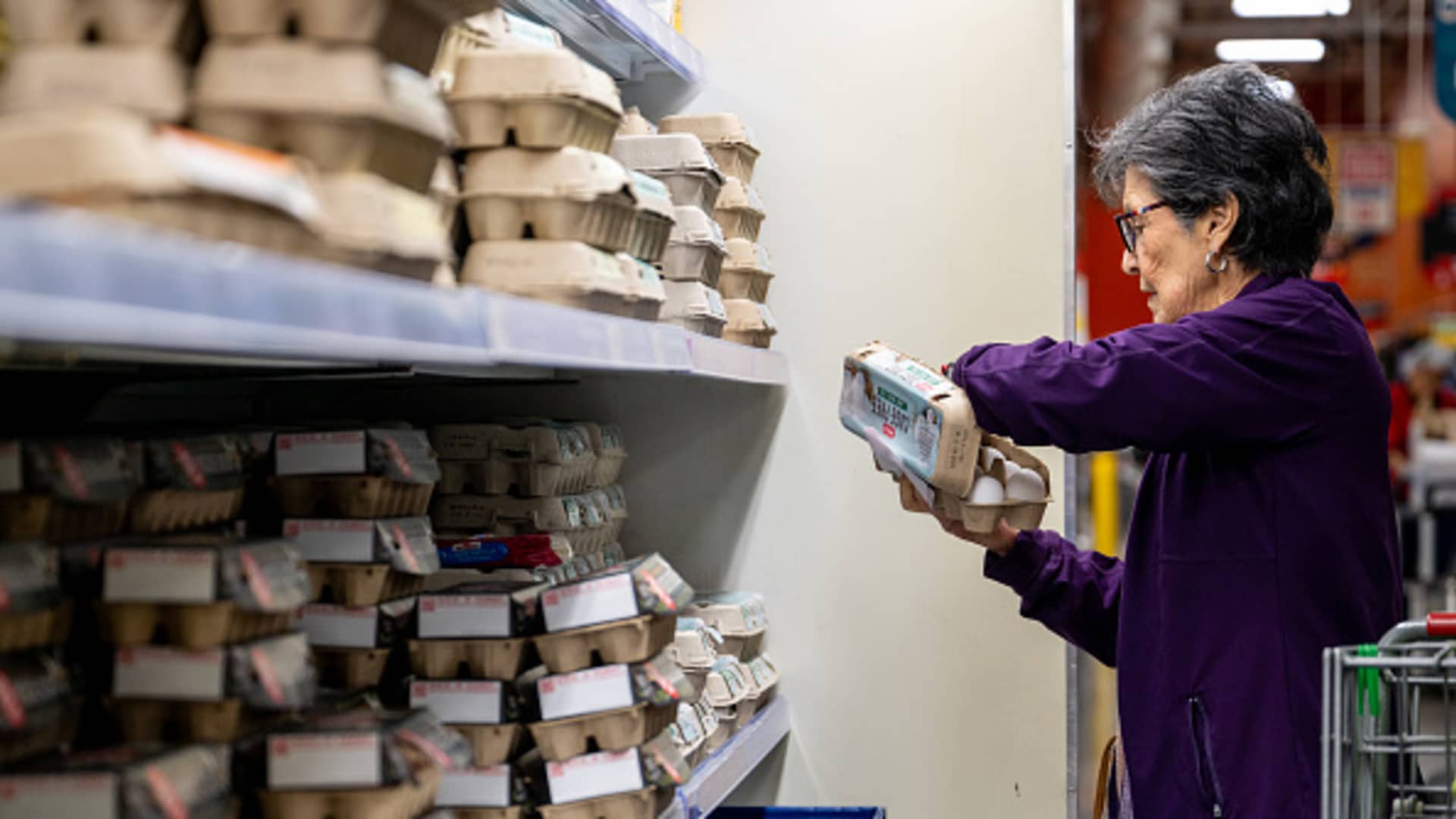
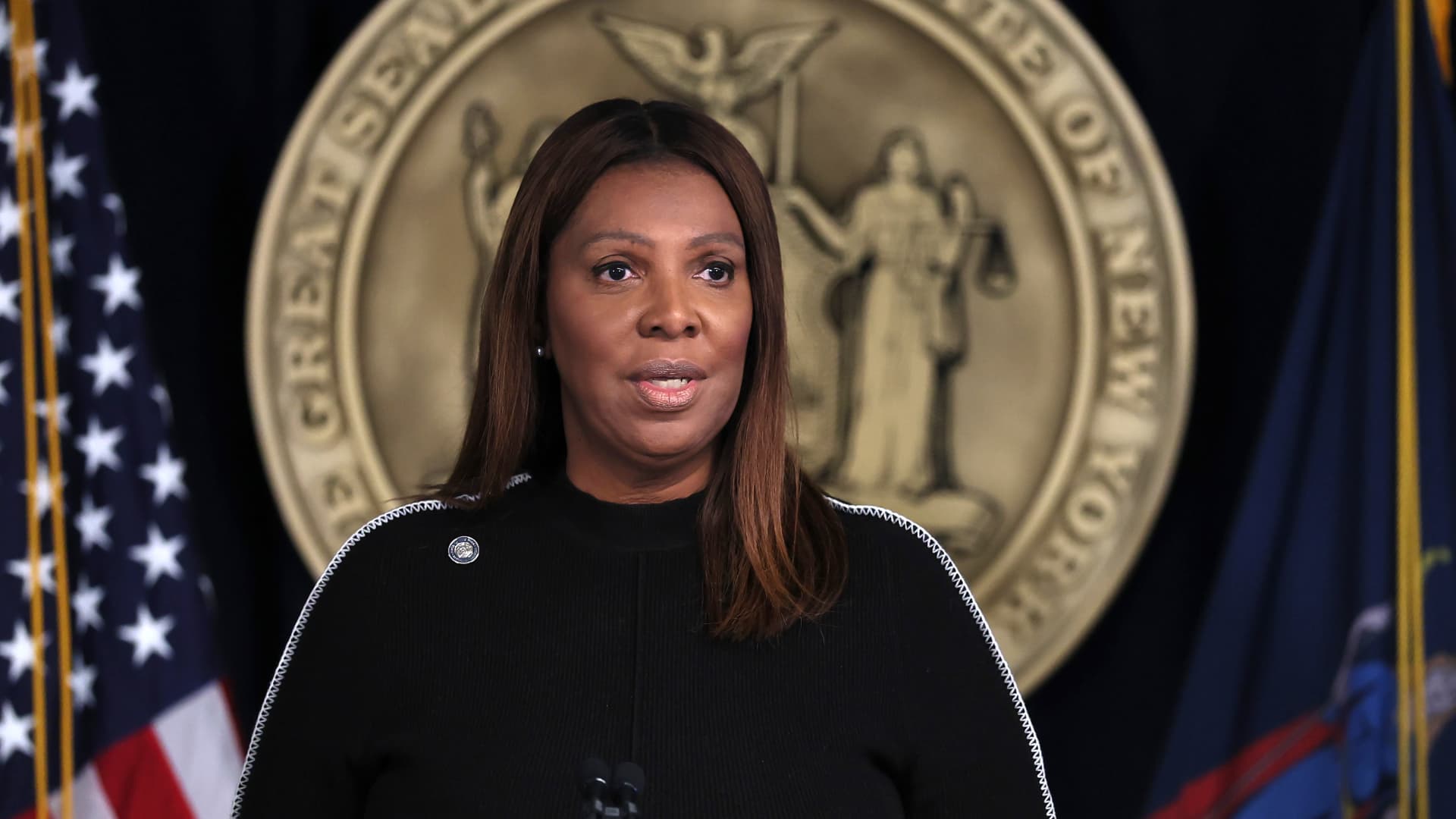



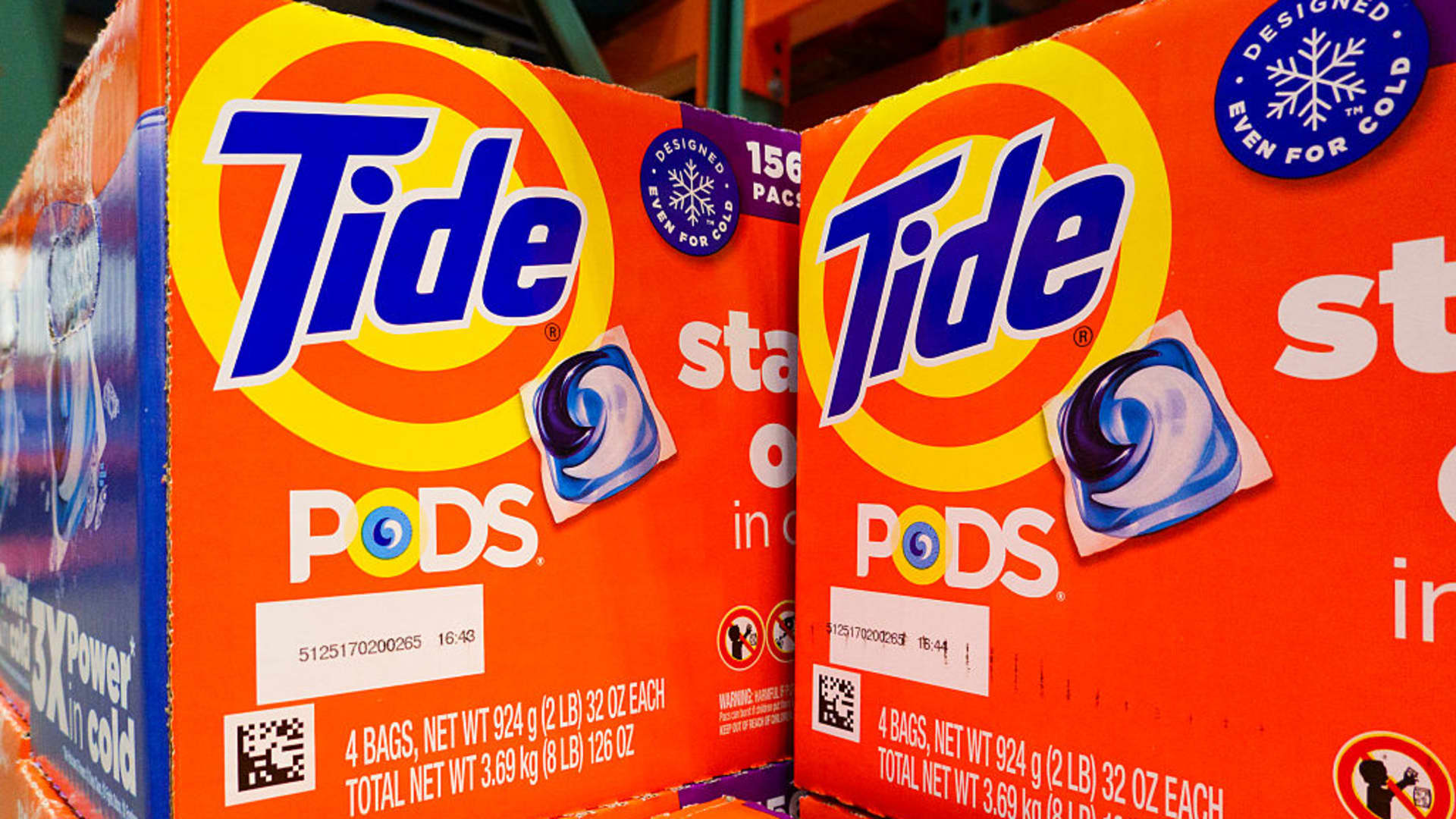

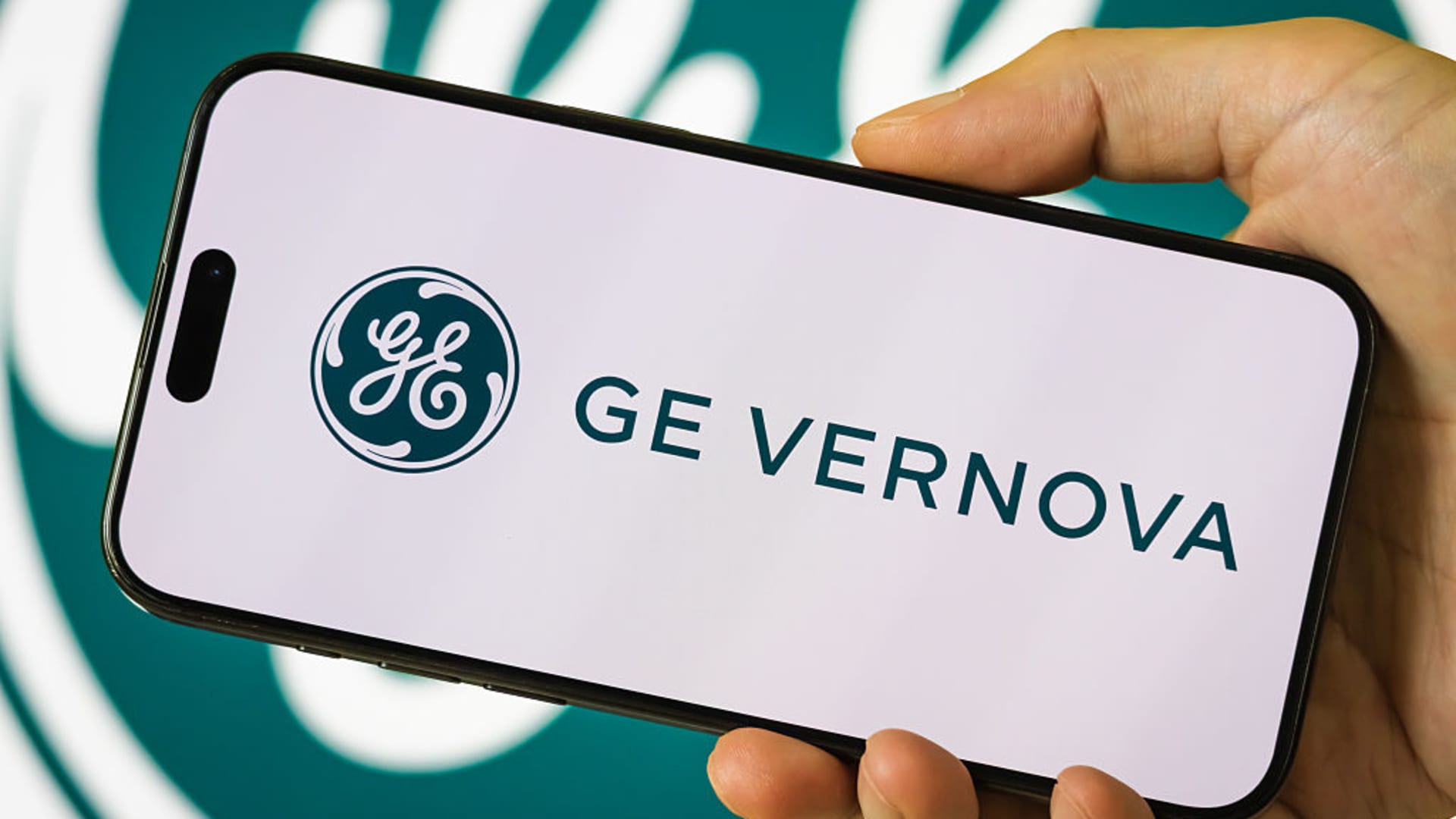
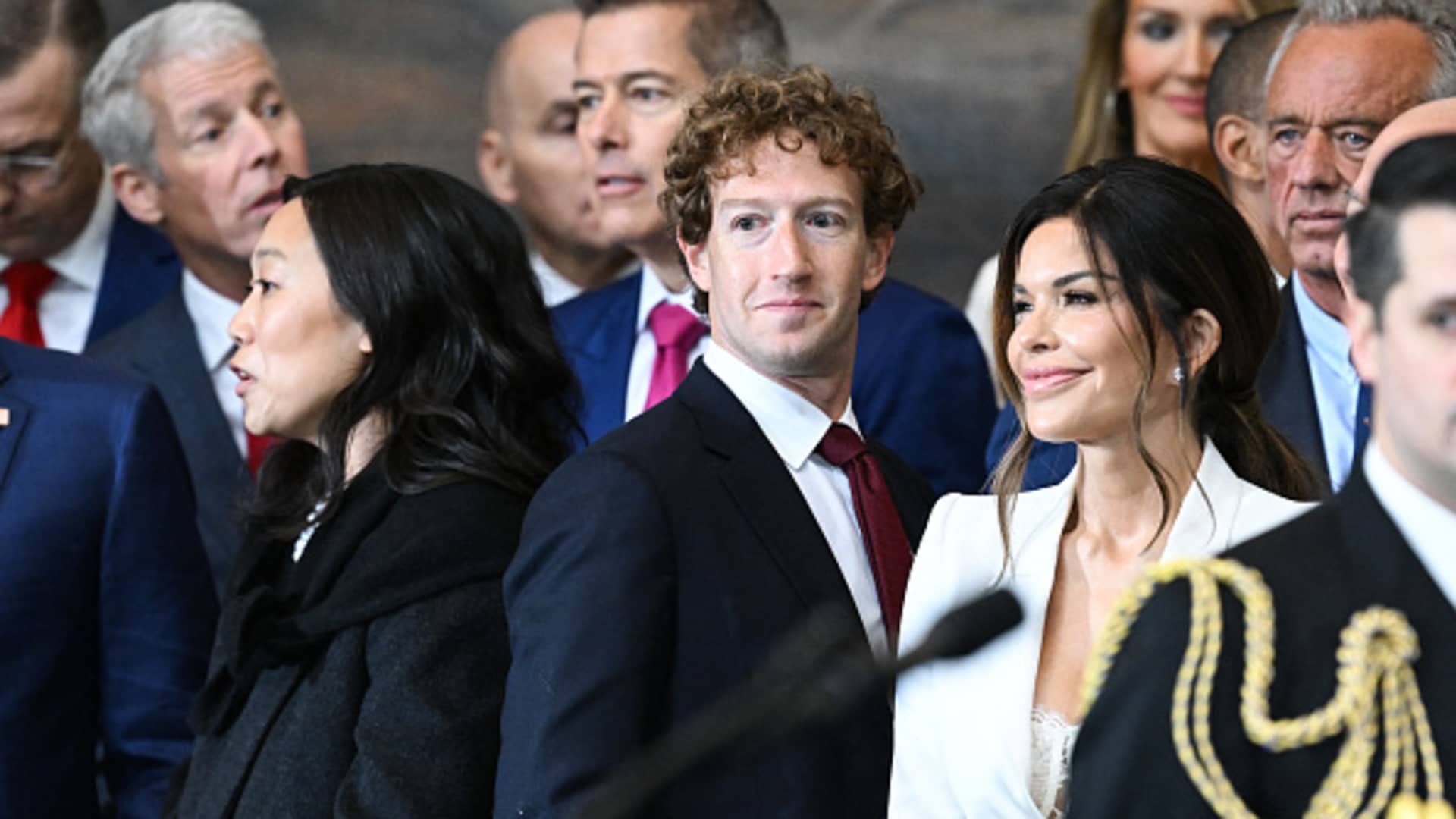
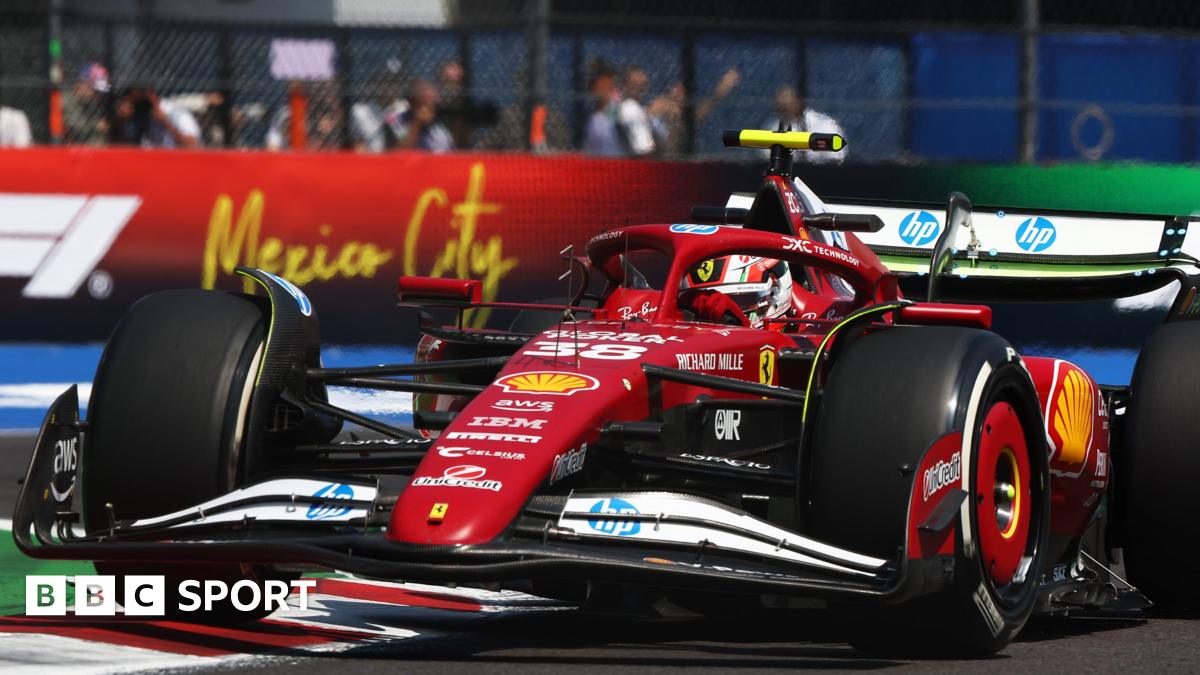
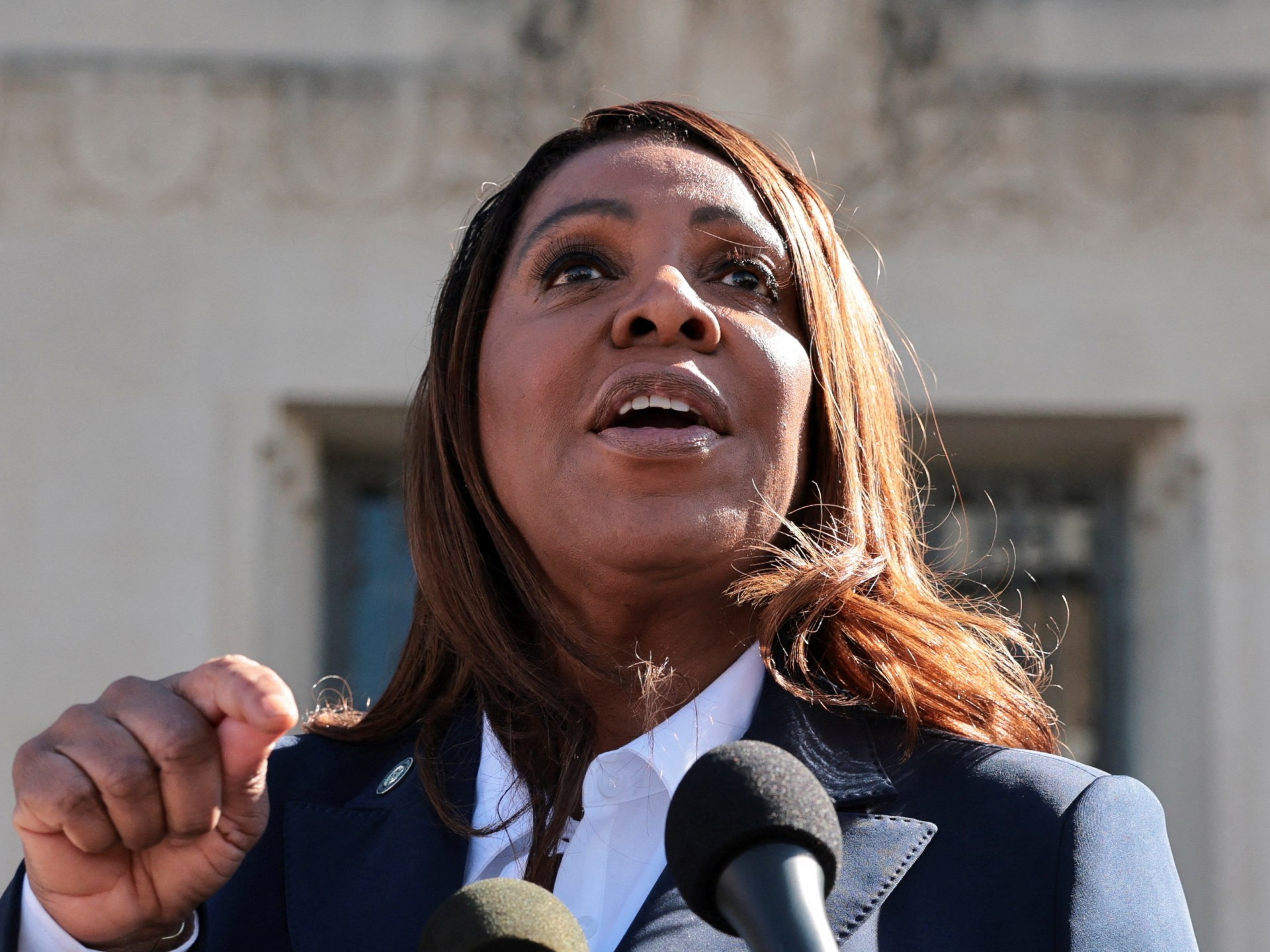


Leave a Reply